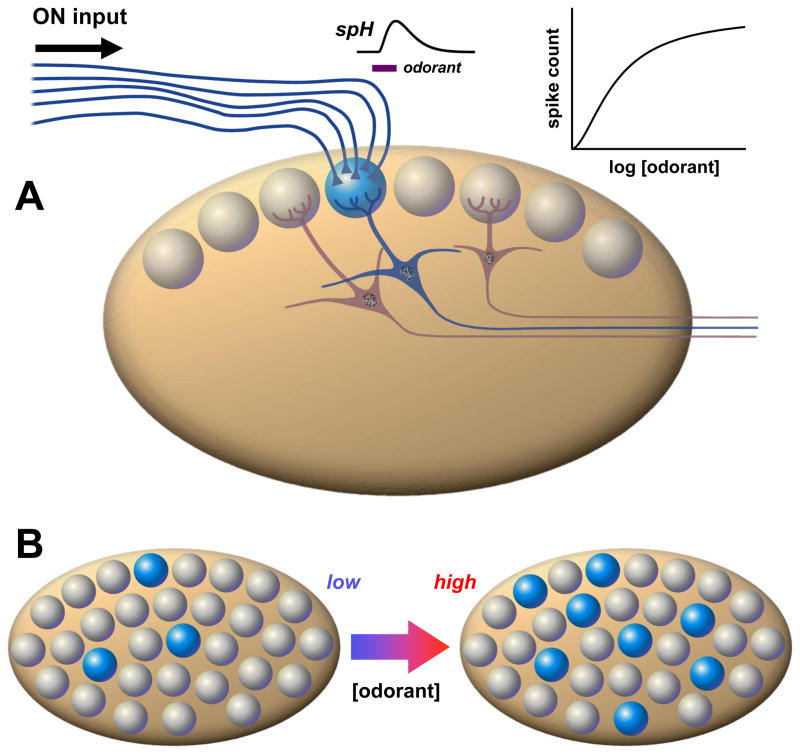Figure 4. Odorant concentration coding in olfactory bulb glomeruli.
A. Thousands of OSNs expressing the same olfactory receptor relay convergent synaptic input via the olfactory nerve (ON) to one or a few glomeruli at stereotypic locations in the olfactory bulb. The collective inputs to individual glomeruli can be quantified by optical measurements of odorant responses using presynaptic indicators of calcium signaling, or transmitter release (e.g. the exocytosis reporter synaptopHluorin, spH). This reveals coding of odorant concentration by a weakly cooperative dose- response curve. B. Each glomerulus receives input from one type of receptor out of a diverse population of ~ 102 – 103 different receptors, with different odorant tunings. This means that as concentration of a particular odorant increases, a large set of receptors (and hence glomeruli) is recruited. This spatial expansion of the number of activated glomeruli (shown here in blue) has been suggested to serve as a concentration code at the system level.

